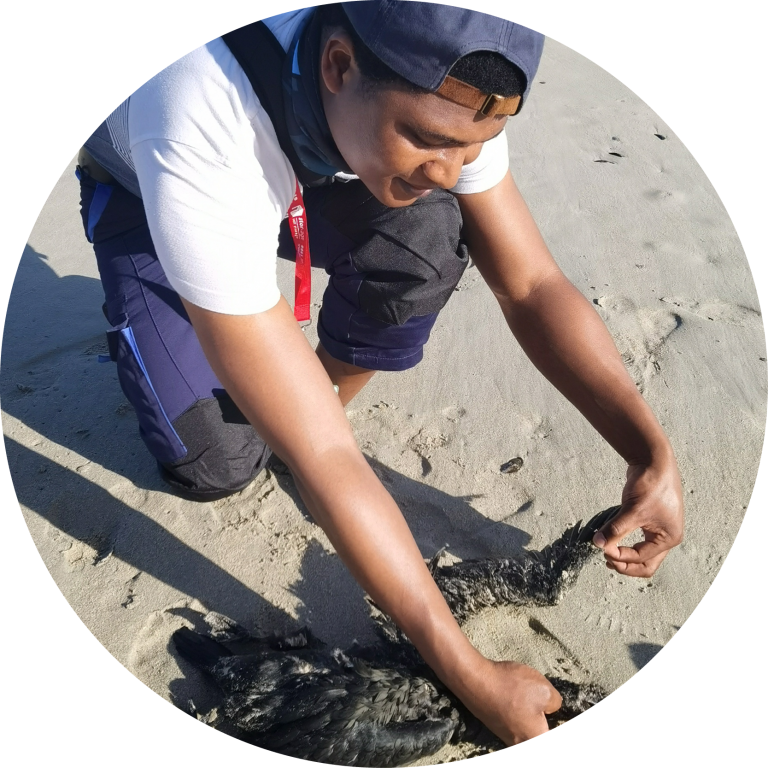The Cormorant Ark:
Development of a curated and standardized genetic sample-metadata biorepository for two endangered, sympatric cormorants (Aves: Phalacrocoracidae) to enable conservation genomics research

Dec 18, 2021
Off southern Africa, in the southern Benguela ecosystem there have been recent changes in the distributions and population sizes of seabirds, the Cape cormorant (Phalacrocorax capensis) and bank cormorant (P. neglectus), both classifies as Endangered since the year 2004 by the International Union for the Conservation of Nature (IUCN) Red List.
The Cormorant Ark project
Although endangered, not much is known about the patterns of genetic diversity, structure and connectivity of cormorant in southern African due to limited genetic resources and population-level sample databases. Minimally invasive genetic sampling (MIGS) methods offer an appealing alternative to traditional collection methods when studying elusive, difficult to catch, or endangered species. Without handling or even observing an animal, MIGS methods (e.g., feces, eggshells, shed feathers, and saliva) provide genetic information on individuals or populations for estimating population demographic parameters and monitoring genetic diversity.

The Cormorant Ark project sets out to build a first-generation curated genetic sample biorepository for the endangered cormorants of southern Africa, which includes information on individual- and/or population-level biological, ecological and environmental metadata. Collecting and curating genetic sample and accompanying ecological/environmental metadata will facilitate conservation and ecological genomics research, and allow genomic-informed adaptive management efforts to boost the conservation of cormorants in southern Africa
Project PI: Prof Simo Maduna
